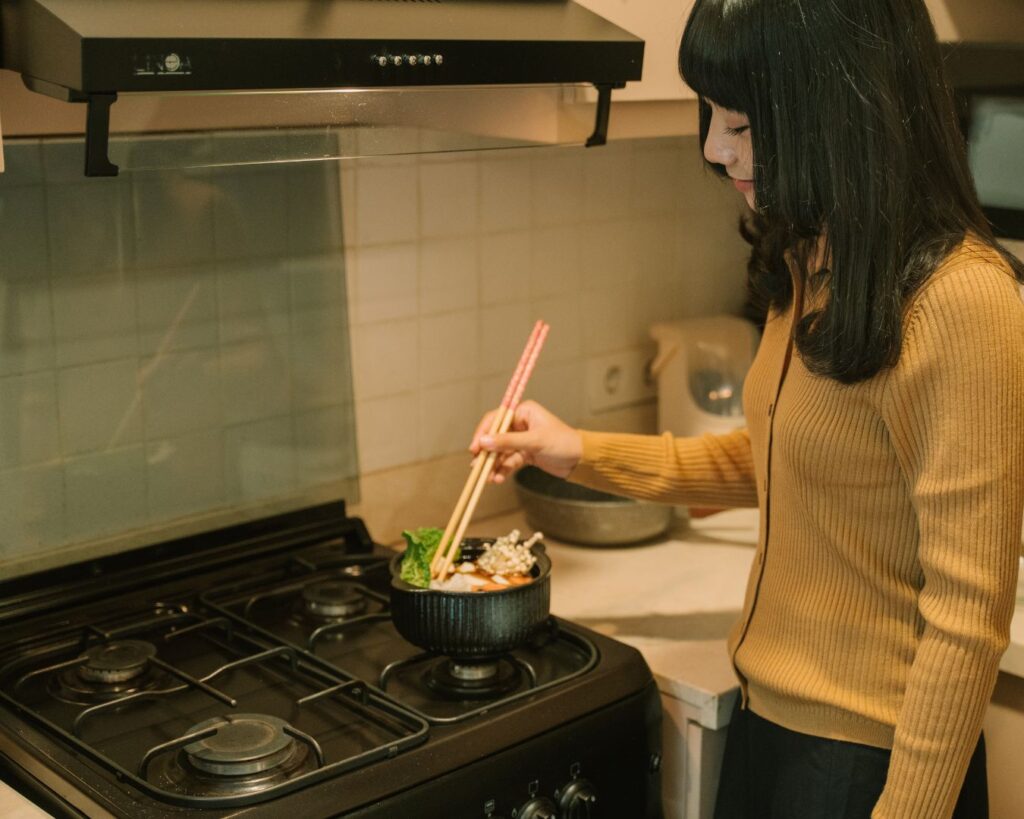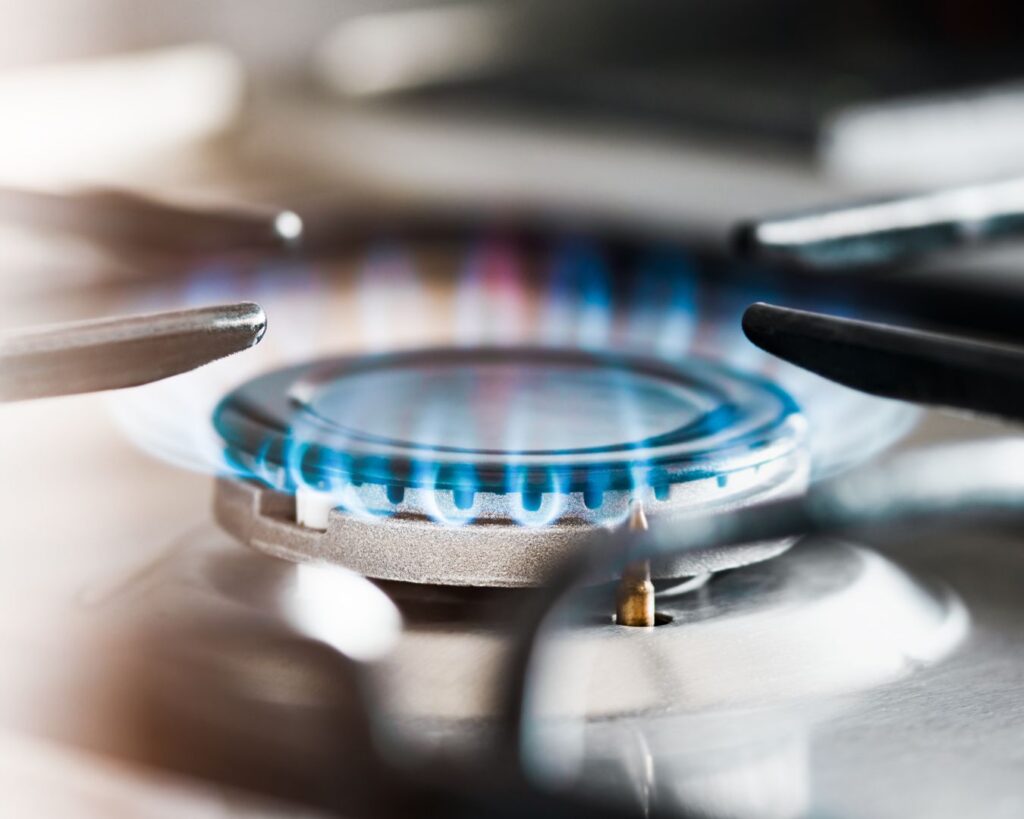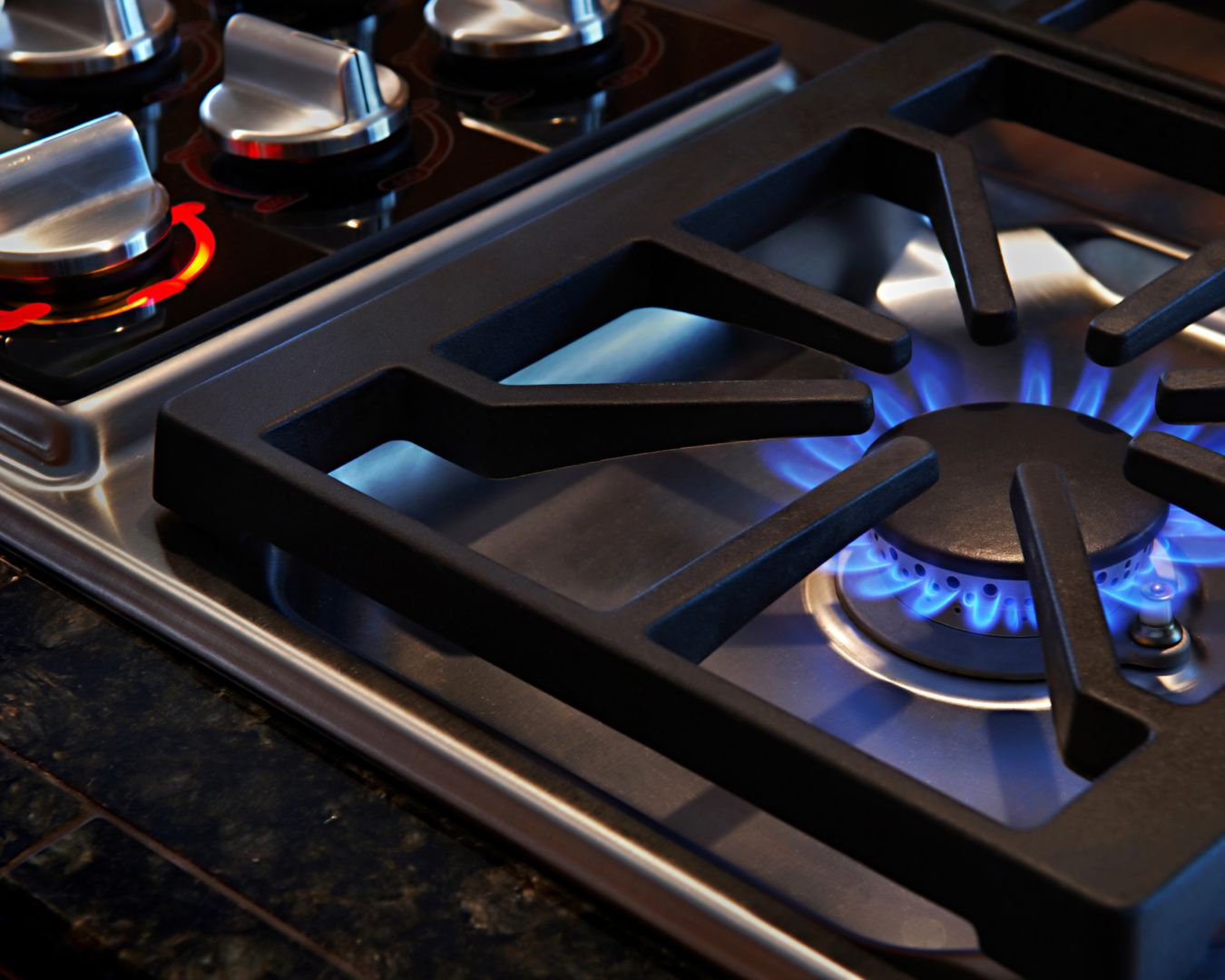The Role of Burner Types: Sealed vs. Open Burners
When it comes to choosing a cooktop, one of the most important decisions is selecting the right type of burner for your cooking needs. The two primary types of burners you’ll encounter are sealed burners and open burners. Each has its own set of advantages and drawbacks, making them suitable for different types of cooking styles and preferences. In this post, we’ll explore the key differences between sealed and open burners and help you determine which might be the best fit for your kitchen.
Sealed Burners: Convenience and Cleanliness
Sealed burners are designed with a cap that covers the burner, preventing spills and debris from entering the burner itself. This design makes them incredibly easy to clean, as any spills stay on the cooktop surface and can be wiped away with a damp cloth. The smooth, flat surface around the burner also allows for easier maneuvering of pots and pans.
In addition to being easy to clean, sealed burners tend to distribute heat more evenly, making them ideal for simmering sauces or cooking delicate dishes that require precise temperature control. The sealed design also helps to contain heat within the burner, which can improve energy efficiency and reduce the risk of burns.
Pros:
- Easy to clean: Spills and food debris stay on the cooktop surface.
- Even heat distribution: Ideal for simmering and precise cooking.
- Safety: The contained flame reduces the risk of accidental burns.
Cons:
- Less powerful flame: May take longer to heat up pots and pans.
- Reduced air circulation: Can be less efficient for high-heat cooking.

Open Burners: Power and Performance
Open burners, on the other hand, are designed with an exposed flame that allows for more direct contact with the cookware. This design provides a powerful and intense heat source, making open burners a favorite among professional chefs and serious home cooks who need high heat for tasks like searing, stir-frying, or boiling large quantities of water quickly.
The open design also allows for better air circulation around the burner, which can result in more efficient combustion and faster cooking times. However, the exposed flame can be more challenging to clean, as spills and food particles can easily fall into the burner, requiring more frequent maintenance.
Pros:
- Powerful flame: Ideal for high-heat cooking and quick temperature adjustments.
- Better air circulation: More efficient combustion for faster cooking.
- Professional-grade performance: Preferred by chefs for tasks requiring intense heat.
Cons:
- More difficult to clean: Spills can fall into the burner and require more maintenance.
- Less even heat distribution: May not be ideal for delicate dishes or simmering.

Which Burner Type Is Right for You?
The choice between sealed and open burners ultimately depends on your cooking style and kitchen habits. If you prioritize easy cleanup and often cook dishes that require low to medium heat, sealed burners may be the better option. They offer convenience and safety, making them ideal for everyday home cooking.
On the other hand, if you’re a cooking enthusiast who enjoys experimenting with high-heat techniques and doesn’t mind a little extra cleaning, open burners might be the way to go. They provide the power and performance needed for more demanding cooking tasks, giving you greater control over your culinary creations.
In conclusion, both sealed and open burners have their unique benefits, and understanding these differences can help you make an informed decision when choosing a cooktop. Whether you’re looking for ease of use or professional-grade performance, selecting the right burner type will enhance your cooking experience and allow you to create delicious meals with confidence.

